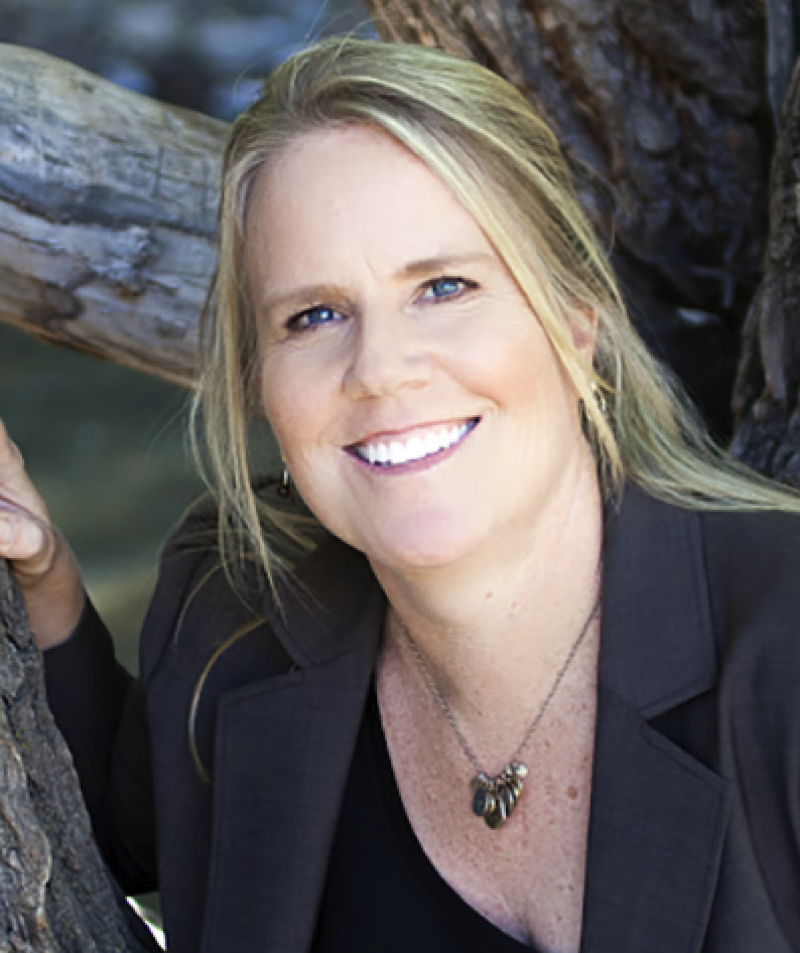
Jack Spiegel

Audio By Carbonatix
Since Elizabeth Garner became Colorado’s state demographer in 2004, nearly all of the projections her office has made have come to fruition.
Responsible for providing population estimates and forecasts for state and local governments, Garner correctly predicted Colorado’s current rapidly aging population. She also anticipated that the state’s poverty rate would fall, educational attainment would increase, and there would be significant growth in the Hispanic and Asian populations.
But now, as Garner prepares to retire after twenty years on the job, she recalls one major forecast that did not pan out as expected.
“Right now, we’re at about 5.8 million people. We thought we were going to be here sooner, five years earlier,” she says. “We’re not going to get to 6 million people until probably somewhere around 2026. And we thought we were going to be there in 2020.”
Denver, make your New Year’s Resolution Count!
We’re $17,500 away from our End-of-Year campaign goal, with just a five days left! We’re ready to deliver — but we need the resources to do it right. If Westword matters to you, please contribute today to help us expand our current events coverage when it’s needed most.
Compared to forecasts from 2004, Colorado has nearly 300,000 fewer people in 2024 than officials thought it would, she says. And the population growth continues to slow: Between 2010 and 2020, Colorado’s average growth was 75,000 people per year. So far this decade, it’s at only 30,000 people per year.

Elizabeth Garner
colorado.edu
“You don’t hear anybody talking about that,” Garner says. “All they’re talking about is, ‘Oh, my God, there’s so many people moving here, people are flocking to the state.’ But they’re not watching the numbers. Really, the message should be that we have significantly slowed down in our growth.”
While that might sound like good news to the Coloradans who blame transplants for clogging the state’s highways or driving up housing prices, Garner warns that it will have major implications, from closing schools to leaving job openings unfilled.
The largest driver of Colorado’s reduced growth is a decline in births, Garner says. That’s part of a national trend – last year, the United States’ fertility rate hit a historic low of 1,616.5 births per 1,000 women – but the trend has hit Colorado even harder. Colorado had the sixth-lowest fertility rate in the country in 2020 at just under 1.5 births per woman, well below the 2.1 needed to replace the state’s population.
“We knew that it would slow, but we didn’t know that it was going to slow as fast as it did,” Garner says. “If there was no migration to the state, simply based on our age distribution, we would see a total decline in our labor force.
“But migration has slowed down as well,” she continues. “We used to have time frames where we were having 30, 40, 50,000 people in net migration [per year], and now it was at 19,000 [in 2023], and in the last year it was even lower.”
National economic factors and recessions have slowed migration in Colorado and the country at large over the past two decades, she says. First it was the dot-com bust in the early 2000s, then the Great Recession, and most recently the COVID-19 pandemic.
Right now, Colorado is seeing the slower birth rate and migration reflected in a declining school-aged population, Garner explains. The number of students in Colorado schools has fallen each year since 2021, Chalkbeat reported, which has resulted in school closures across the state, including in Denver.
In the next year or two, the decreasing demand in Colorado’s K-12 enrollment will begin to shift to its higher education enrollment – and then to the state’s labor force, Garner warns.
“We need to keep an eye on whether Colorado is competitive. Can Colorado continue to attract and retain the labor force that it needs?” she notes. “Historically, we have. Lately, we have not attracted as much as we typically have. Once that slowdown in the child population hits prime moving migration ages – 20 to 35 – how does that impact Colorado?”
In 2024, the state gained around 50,000 jobs and saw 40,000 retirements, she says. That means Colorado needs 90,000 new workers to meet demand – but Colorado’s population growth is not reaching those levels, leaving jobs unfilled. Last year, there were two job openings for every one unemployed person in Colorado. Today, that number is still around 1.5 openings for every job seeker.
“That has implications to the economy, to serving the customers in the state, to public finance across the board,” she adds. “If you do not have enough people to fill jobs, people are going to end up waiting months for surgery. They won’t be able to pick up a cup of coffee from their favorite barista. And if you cannot meet the needs of your customers, people might leave the state.”
Garner is leaving the State Demography Office on Friday, November 29, to be replaced by incoming state demographer Kate Watkins. But as she departs, she has a message for Coloradans: Go easy on the transplants.
“There is this public sentiment about growth that people talk about it in a very negative way. I think that’s concerning,” Garner says. “There are consequences to not having growth. Because we’re growing jobs, we are going to need people to fill those jobs.
“Let’s not hate on new people who moved here. It’s very shortsighted.”